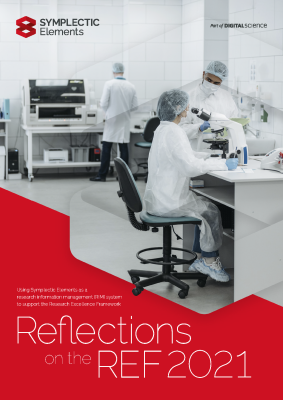 The Research Excellence Framework (REF) is a process of expert review designed to assess the quality of research in UK higher education institutions, much like ERA (Excellence Research for Australia) in Australia or the PBRF (Performance-Based Research Fund) in New Zealand. Its policy aim is ‘to secure the continuation of a world-class, dynamic and responsive research base across the full academic spectrum’.
The Research Excellence Framework (REF) is a process of expert review designed to assess the quality of research in UK higher education institutions, much like ERA (Excellence Research for Australia) in Australia or the PBRF (Performance-Based Research Fund) in New Zealand. Its policy aim is ‘to secure the continuation of a world-class, dynamic and responsive research base across the full academic spectrum’.
The changing nature of the exercise, along with its complexity and time-consuming nature, have led to considerable administrative burdens placed upon both administrators and researchers. According to a 2021 survey paper from RAND Europe on perceptions of the Research Excellence Framework among UK researchers, “The most frequently mentioned reason for the negative attitudes to the REF is the excessive burden it created in terms of time, resources, and workflow required to complete the REF exercise for both academics and administrators.”
With the goal of to lessening this burden, Symplectic worked with our client community to develop specialised functionality within Symplectic Elements designed to help institutions gather, create and prepare outputs and impact statements ready for streamlined export and submission as part of the REF process.
Our new paper explores the role of Symplectic Elements as a Research Information Management System (also known as a Current Research Information System, or CRIS) in supporting the REF submissions process. It provides an overview of the bespoke modules and functionalities within Symplectic Elements which have been designed to empower HEIs in gathering and collating information for the REF, as well as providing case studies and testimonials from some of the institutions using the platform.
In the paper we explore:
- How University of Essex streamlined the REF process through carrying out annual assessments.
- Anglia Ruskin’s University’s progress in moving from manual to systematic curation.
- How University College London used the Open Access Monitor functionality in Symplectic Elements to ensure they meet the REF’s Open Access requirements.
- The role of Symplectic Elements in bulk data validation checks at Liverpool John Moores University.
Symplectic is looking forward to meeting the challenge of the REF’s complexity once again for the next exercise, and further exploring ways to remove administrative burden, make data more joined-up and reuseable, and – above all – support and empower the research community.